Editors note: Administrative Professionals Day is celebrated the last Wednesday of the last full week in April. In honor of Administrative Professionals Day on April 24th, today’s blog is guest-written by an administrative professional with 15 years of experience as an office and business manager. WSI celebrates our team of Front Office Administrators and support staff who are the glue to our operations!
——————————————-
In the intricate web of corporate life—where jargon is tossed around like paper planes—administrative professionals like myself are often seen as the steadfast constants. We’re the silent maestros, orchestrating a symphony of daily operations with the precision of a seasoned conductor. But today, let’s sprinkle in a little sass because, let’s face it, this job has its mix of sugar and spice—and everything panic-induced. Here’s an unfiltered glimpse into why we’re the unsung rockstars of any business operation—with a twist.
Masters of Organization and Last-Minute Panic
First off, organization isn’t just what we do—it’s our superpower. But let me clarify: when I pencil in a meeting, it’s not merely about syncing calendars. It involves cosmic alignments, pacifying time-warping executives, and occasionally, handling the ones who think “RSVP” is merely a suggestion. You wouldn’t believe the hoops I jump through to corral everyone into one virtual space. And just when you think you’ve nailed it, someone bails 20 minutes in because apparently, their cat started a live stream. Yes, that meeting you coordinated after two weeks and a flood of emails. But sure, let’s reschedule for when Mr. “My Time is Precious” can grace us with his presence.
The Communication Lighthouses
We are the communication hubs, the gatekeepers of dialogue, and sometimes, the unofficial diplomats. Juggling calls, emails, and a relentless stream of queries with poise that would put a ballet dancer to shame is part of the job. As Worxbee points out, one of our key contributions is ensuring that every team member is in the loop, transforming chaos into order—one email at a time.
The Real MVPs of Problem-Solving
Think of us as the special ops of the office world. We intercept problems before they explode into crises. Adaptability? Check. Resourcefulness? Double-check. Whether it’s salvaging a critical presentation marred by tech gremlins or orchestrating last-minute miracles for meetings, we handle it all. Our prowess in pivoting and tackling challenges is what keeps the business humming smoothly, even when the unexpected strikes like a rogue coffee spill.

Custodians of Office Culture and Morale
We don’t just manage schedules and files; we’re the cultivators of workplace culture. As She’s a Given notes, administrative professionals play a pivotal role in fostering team spirit and boosting morale. We’re the masterminds behind the scenes, planning office outings, remembering birthdays, and sometimes, being the bearer of motivational cookies and coffee when the stakes are high.
Guardians of the Galactic… I Mean, Office Supplies
From budget oversight to ensuring the printer isn’t a barren wasteland of empty paper trays, getting breakroom dishes put in the dishwasher, then put away…we do it all. It’s not just about keeping the lights on; it’s about managing resources effectively to ensure our teams can shine without a hitch. As noted by Worxbee, our skillful resource management is essential for preventing operational hiccups and boosting overall efficiency.
So, there you have it. Being the linchpin of the king’s or queen’s court is a role riddled with challenges and victories. It’s about being the dependable force everyone relies on—even if sometimes they forget just how daunting their requests can be. But at the end of the day, the satisfaction of seeing everything (and everyone) come together is truly unparalleled.
We’re more than just the planners or the organizers; we’re the heartbeat of the operation. Recognizing and valuing the role of administrative professionals isn’t just good manners; it’s smart business. After all, without us, the show doesn’t just go on—it doesn’t go on at all. Here’s to the strategic wizards, the unsung heroes, and yes, the sass-masters who keep the wheels turning at our businesses and factories.
















